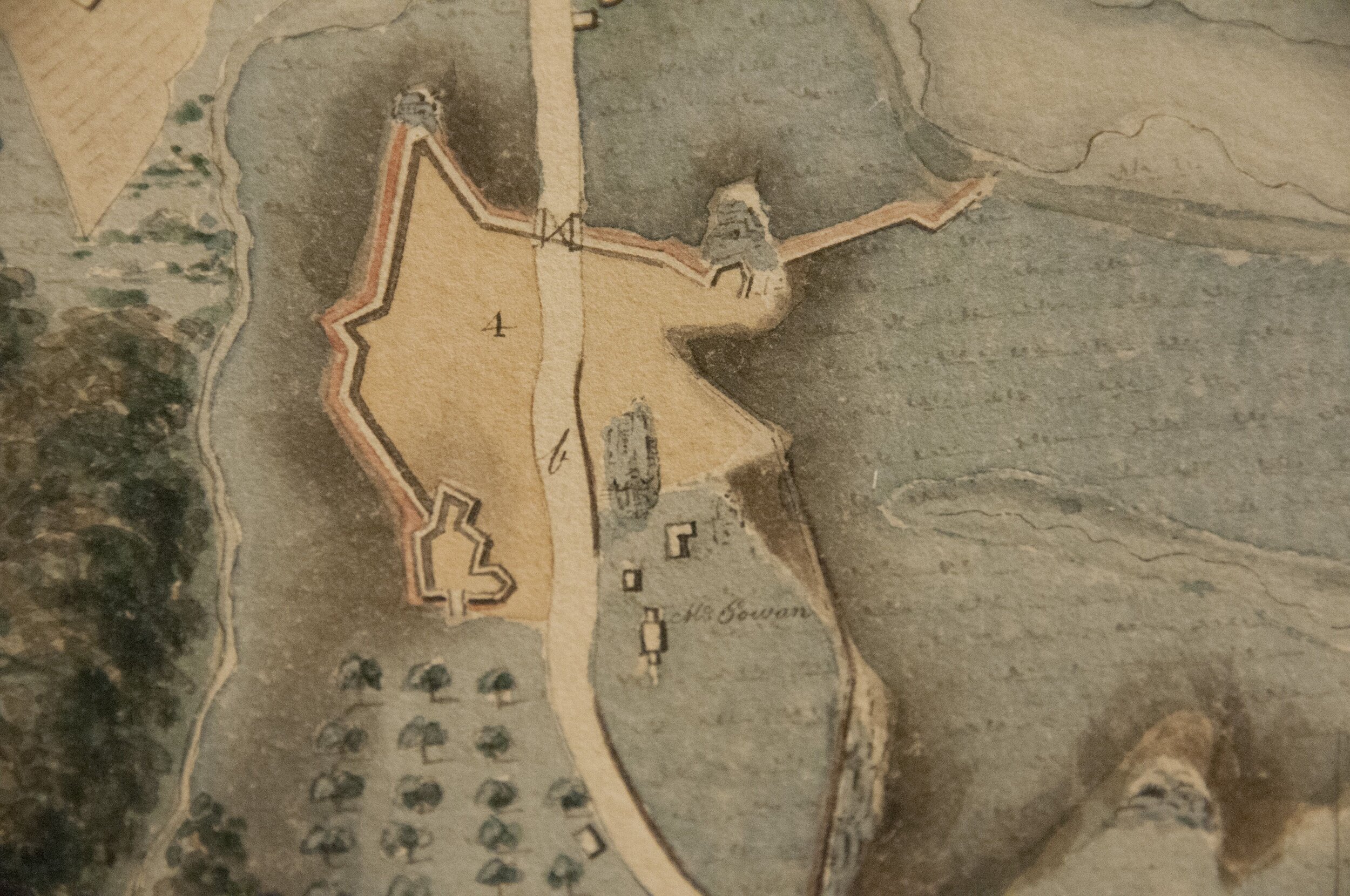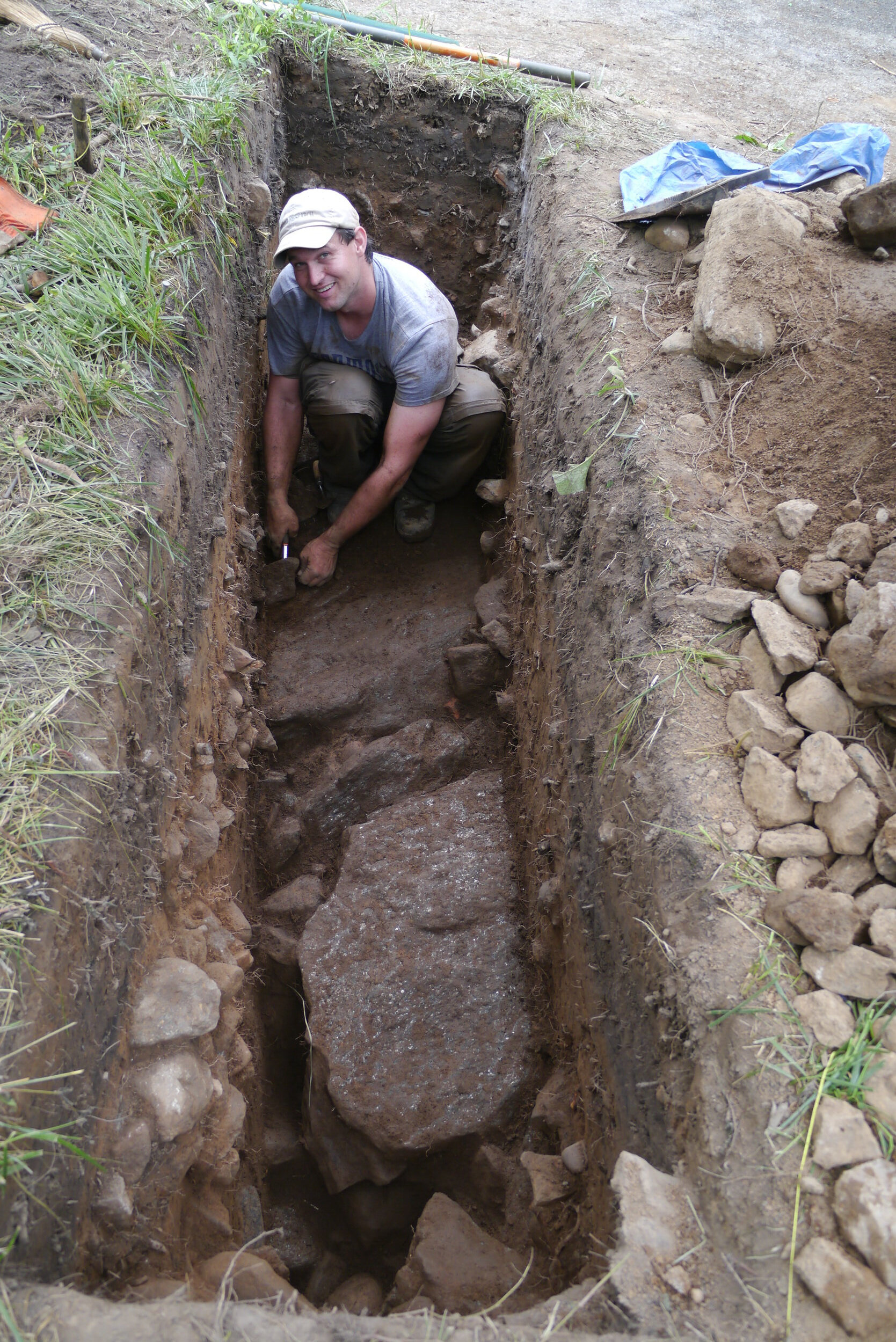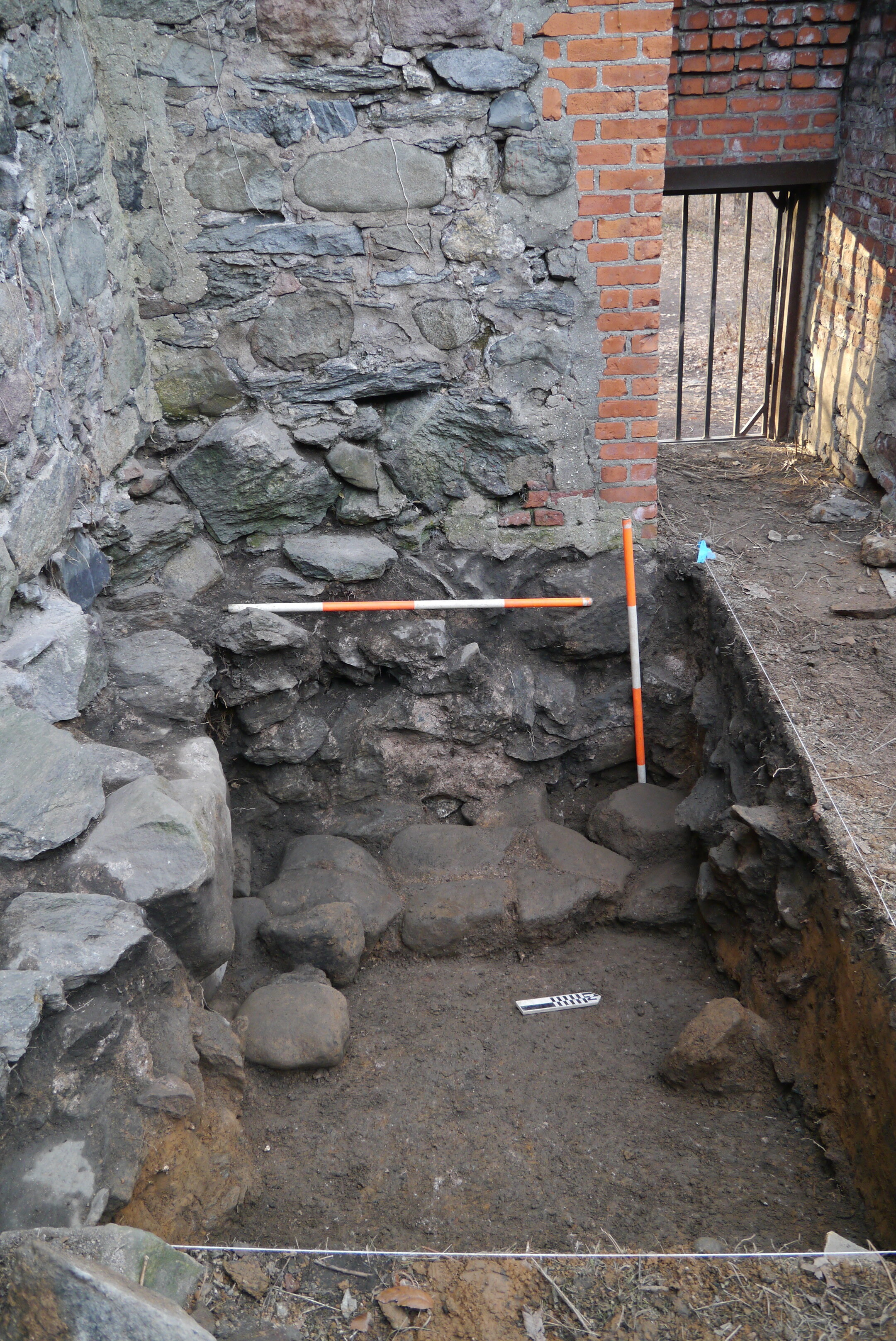Archaeological Studies within Central Park
Military Sites; John Randel’s City Grid; Seneca Village
Central Park, Manhattan, New York
Since 1990 Hunter Research has worked as a historical and archaeological consultant to the Central Park Conservancy in connection with several planning and capital improvement projects. In 1990 the firm carried out a historical and archaeological assessment of the entire park north of the 97th Street Transverse, an area that was fortified during the Revolutionary War and the War of 1812 and which contains the sites of numerous pre-Park farms, dwellings and taverns strung out along the Kingsbridge Road (Boston Post Road). This work laid the basis for a number of site-specific archaeological investigations in the 1990s on the Great Hill and Bogardus Hill, while additional studies were conducted further south in the Park on the site of Seneca Village and Bethesda Terrace.
Between 2013 and 2017, we provided additional archaeological support to the recently completed Fort Landscape Project and undertook more detailed historical research and GIS-based mapping of historic features north of 103rd Street. The Fort Landscape work resulted in the discovery of remains of the War of 1812 gatehouse straddling the Kingsbridge Road in McGowan’s Pass, a remarkable find that generated much media and community interest. The intensified historical research, which included archival studies in repositories throughout the United States, led to a vastly improved understanding of military activities along the bluffs overlooking Harlem Creek. More recently, our firm assisted the Conservancy in locating several original Randel survey markers buried within the park and assisted in historic interpretive planning and signage development for Seneca Village.We are currently providing archaeological investigative services in connection with ongoing plans for stabilizing and interpreting Blockhouse #1 in the North Woods section of the Park. Numerous reports and other deliverables have been provided to the client, several of which are available online at the New York City Landmarks Preservation Commission website.








